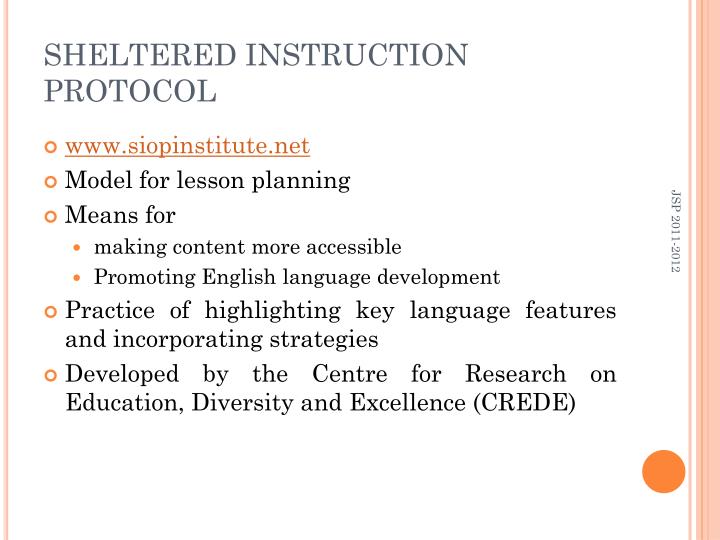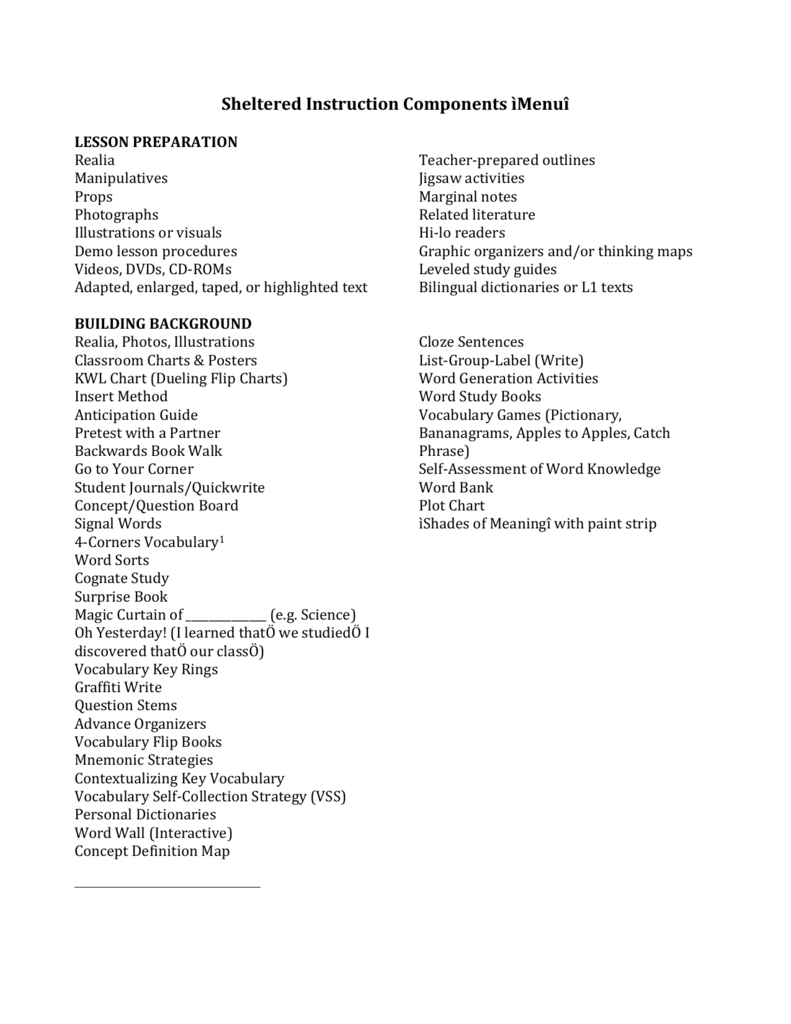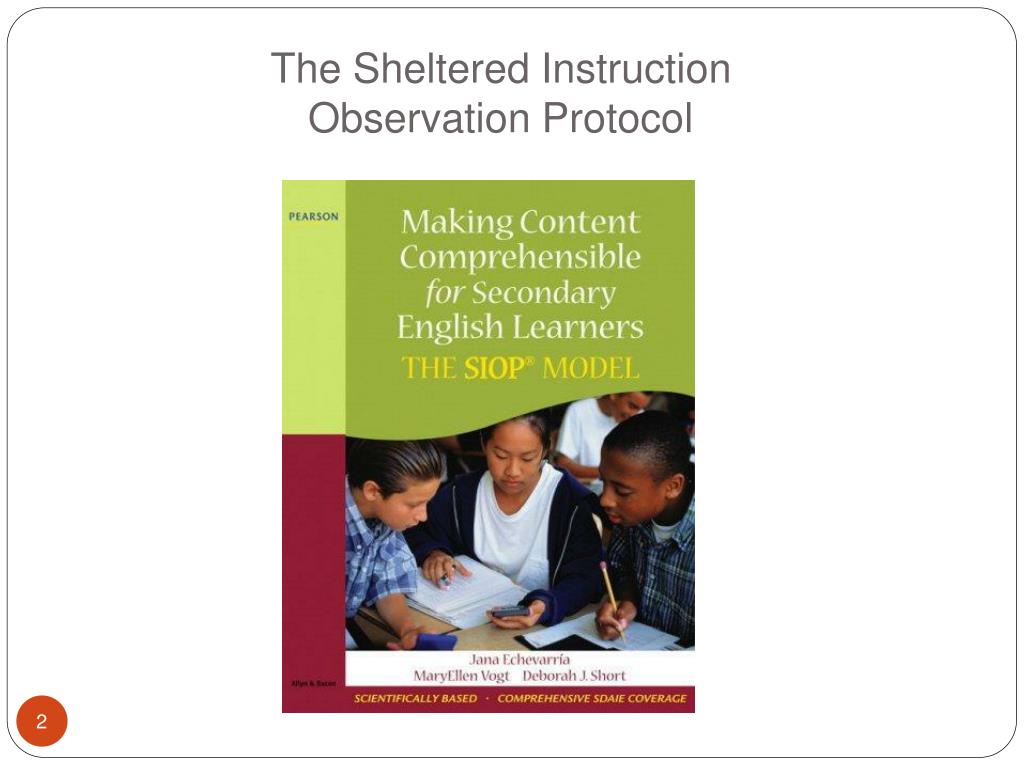

Once a students’ level of proficiency is classified as “Advanced” most of the content areas may be taught in English.

Sheltered instruction consists of eight components: LISD uses the Cognitive Academic Language Learning Approach (CALLA), also known as sheltered instruction or SIOP. Students in these classes are 'sheltered' in that they do not compete academically with native English speakers since the class includes only LEP students. Content skills that have been mastered in first language (L1) -Spanish may be integrated into the content area through sheltered instruction in order to accelerate the development of academic English. Sheltered English is an instructional approach used to make academic instruction in English understandable to LEP students.

As students’ progresses through the program, the amount of English instruction will increase. ESL instruction is usually in English with little use of native language. It is essential to the student academic achievement in second language (L2). In sheltered English classes, the variety of teaching methods employed includes: (1) extralinguistic cues (visuals, props) (2) linguistic modifications (pauses, repetition) (3) interactive lectures (4) cooperative learning strategies (5) focus on central concepts rather than on details and (6) development of reading strategies (mapping). Sheltered Instruction is an essential component of the Bilingual Program. Sheltered English Instruction: An instructional approach used to make academic instruction in English understandable to ELL students.


 0 kommentar(er)
0 kommentar(er)
